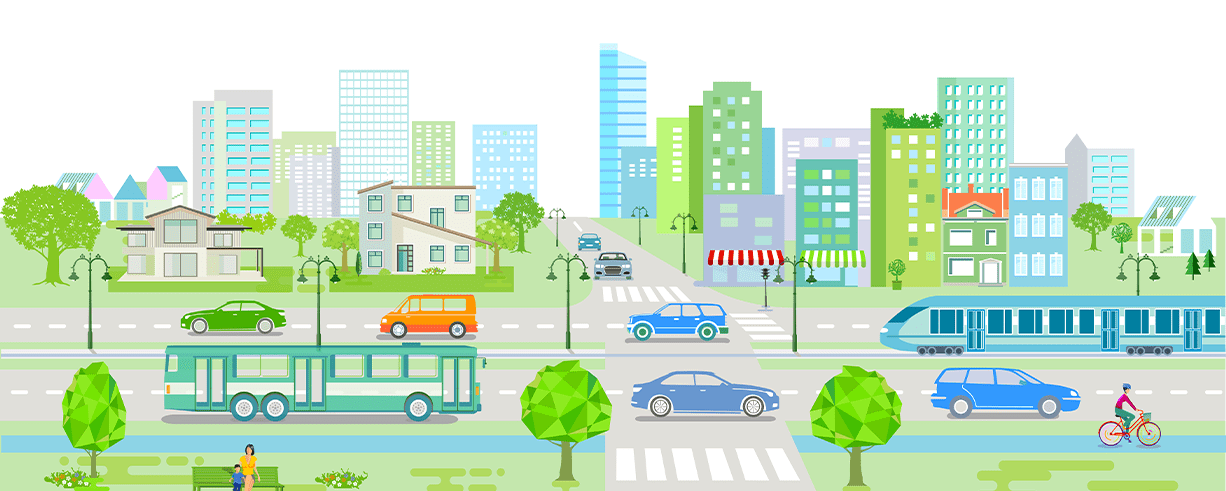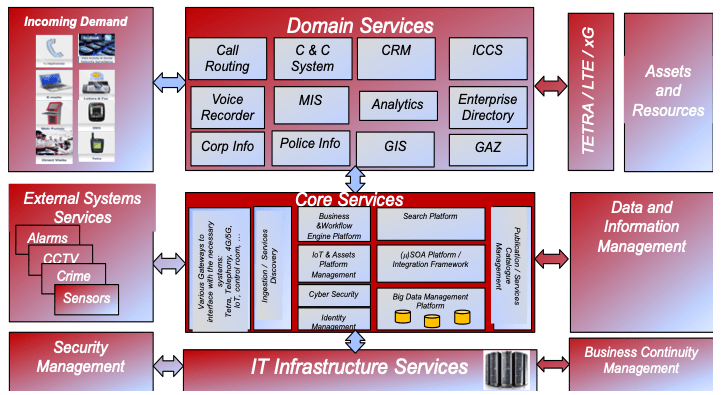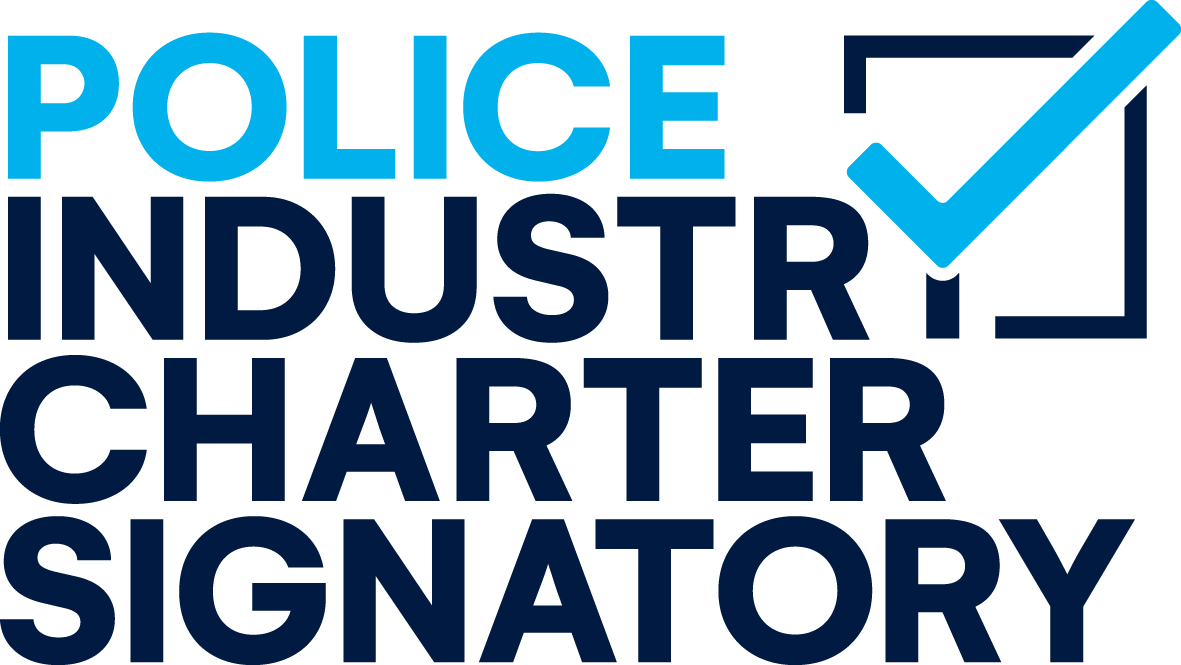
Design Overview for Safer City Platform
The Safer / Smart City Platform is an agile integrated system, scalable and extensible where data transits in a fluid manner with no interruption within and outside the organisation. It provides the necessary functions to confidently and securely operate with the right information at hand.
It is a System that is seamlessly integrated from the users’ point of view; provides the right tools and analytics to not only assist operators or extract intelligence but to measure and to continually improve the organisation. It provides the foundation for networked digital platforms for Policing.

The development of this platform should be mapped as an evolutionary and dynamic capability path and staged delivery approach. This would include a certain number of capability gates such as “Initial Operational Capability”, various “Intermediate Operational Capability drops”, and “Final Operational Capability” along with an information system governance process for continuous evolution and improvement.
Underpinning the solution is the concept of Digital Transformation with lower price vs performance devices, better network connectivity, speed and storage capacity and enhanced analytics. This provides:
- Customisation and personalisation of user experience;
-
Greater levels of automation including Artificial Intelligence (AI) for better decision support;
-
Processes that become data-centric: everything is around data and the processing of it;
-
Mobile devices become ipso-facto the devices that enable people to interact with the various organisations be they private or public.
The expected benefits are:
- Better interoperability, data connectivity and ultimately access to data and information for enhanced intelligence and faster response;
-
Service Oriented Architecture will provide flexibility, scalability, interoperability and future extensions;
-
Big Data technologies combined with Analytics will provide context-based knowledge;
-
Enhanced capability for situational awareness;
-
Video analytics, open source and social media analytics and predictive analytics;
-
IoT devices are a great source of data to create contextual Intelligence,
-
AI and Machine Learning would help in predictive analysis of crime, speech translation and comprehension, and implementing next generation smart services.
Recent Posts
Online learning has become increasingly popular in recent years, completely transforming education and teaching. Traditional in-person teaching methods are no [...]
In the complex modern workplace, one often-overlooked aspect that weaves its way into everyday decisions is unconscious bias. Like a [...]
How can businesses preserve cybersecurity where constant digital evolution, and utilising new technologies, is the key to staying competitive? As [...]














